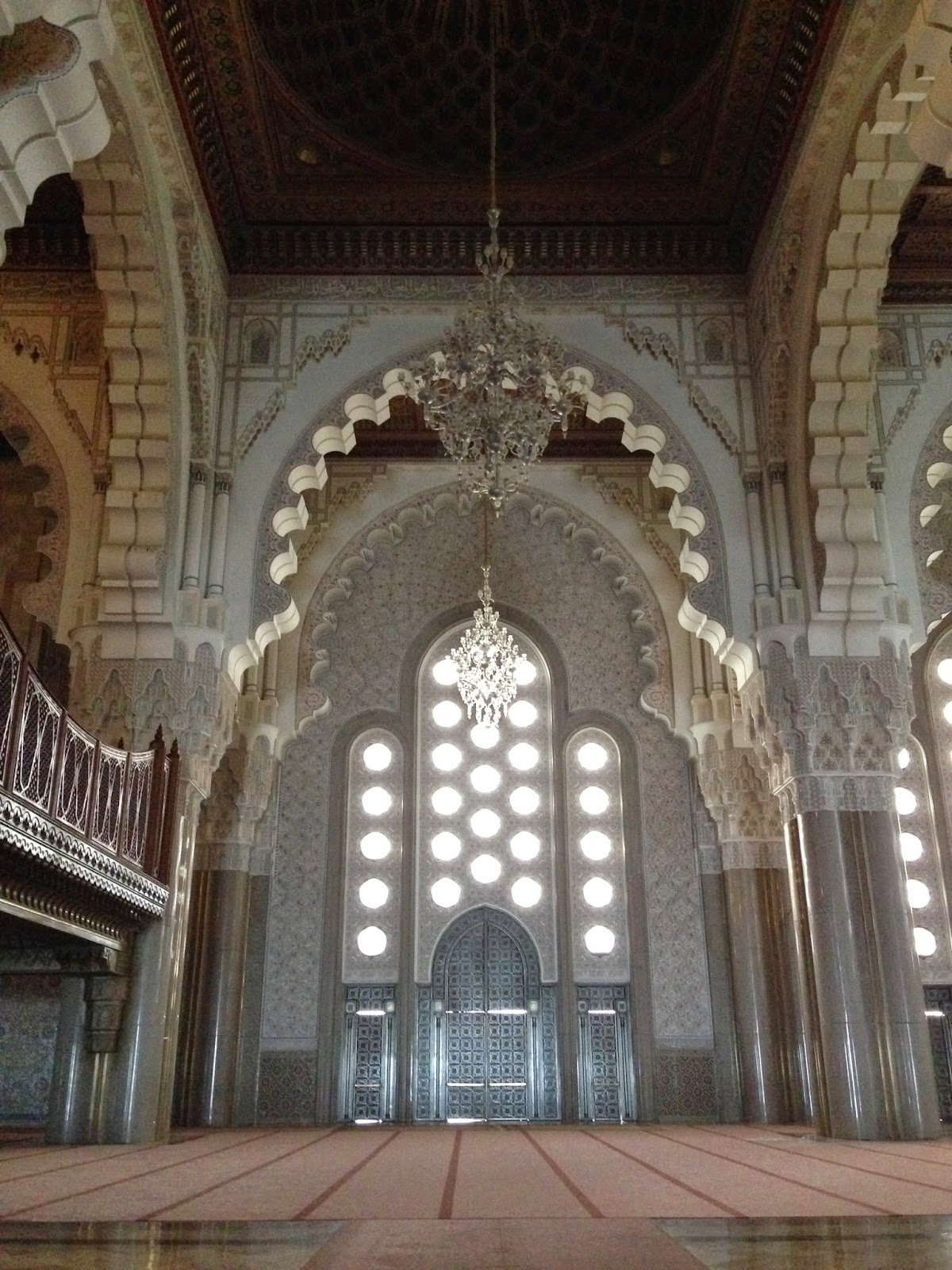If I were to build a castle, the first place I would look for inspiration would definitely be Disney. But where did Walt get his inspiration? The answer: Neuschwanstein Castle in southern Bavaria. The Bavarian King Ludwig II kept a close eye on his masterpiece during construction - he literally grew up and lived down the hill in the stately yellow Hohenschwangau Castle. Sadly, after pouring his effort and personal funds into the castle, he died before it was completed. Thankfully, even tourists of the late 1800s loved this castle and it opened its doors to tourists immediately following Ludwig's death. This is a Bavarian must-see. Pictures do not do it justice.
Unfortunately, the castle is loved more than ever by today's tourists. Neuschwanstein Castle (and neighboring Hohenschwangau Castle) is a buzzing hive of tourists pushing for the best selfie-stick view all along the hill upon which the castle is perched. Here are three tips for making the most of your trip:

1) Plan ahead: if you want to see the inside of the castle, you must purchase tickets days ahead of time, even in the off season. Given the demand on a random cold, foggy December day, if you are trying to visit in the summer, I would purchase tickets weeks ahead of time. Decide if you want to see Neuschwanstein, Hohenschwangau, or both! With planning, touring both is very doable. (Hohenschwangau pictured in the picture on the left)
 |
| Marienbrucke: I hope the bridge will hold everyone! |
3) Wear comfortable shoes: I was inclined to wear my most fashionable outfit for what I thought would be several frame-worthy photos, but be ready to walk through the dirt and exert yourself a little bit to get to the top! If you refuse to look like anything other than a Disney princess, you can take a horse-drawn carriage to the top for a hefty fee, or the bus for a long wait time.
Though I still believe a visit to Neuschwanstein should be high on your Bavarian to-see list, particularly since the scaffolding from its recent renovation has been removed, managing your expectations and taking a few precautions ahead of time will ensure that it is fairy-tale visit you always dreamed!









.JPG)





















